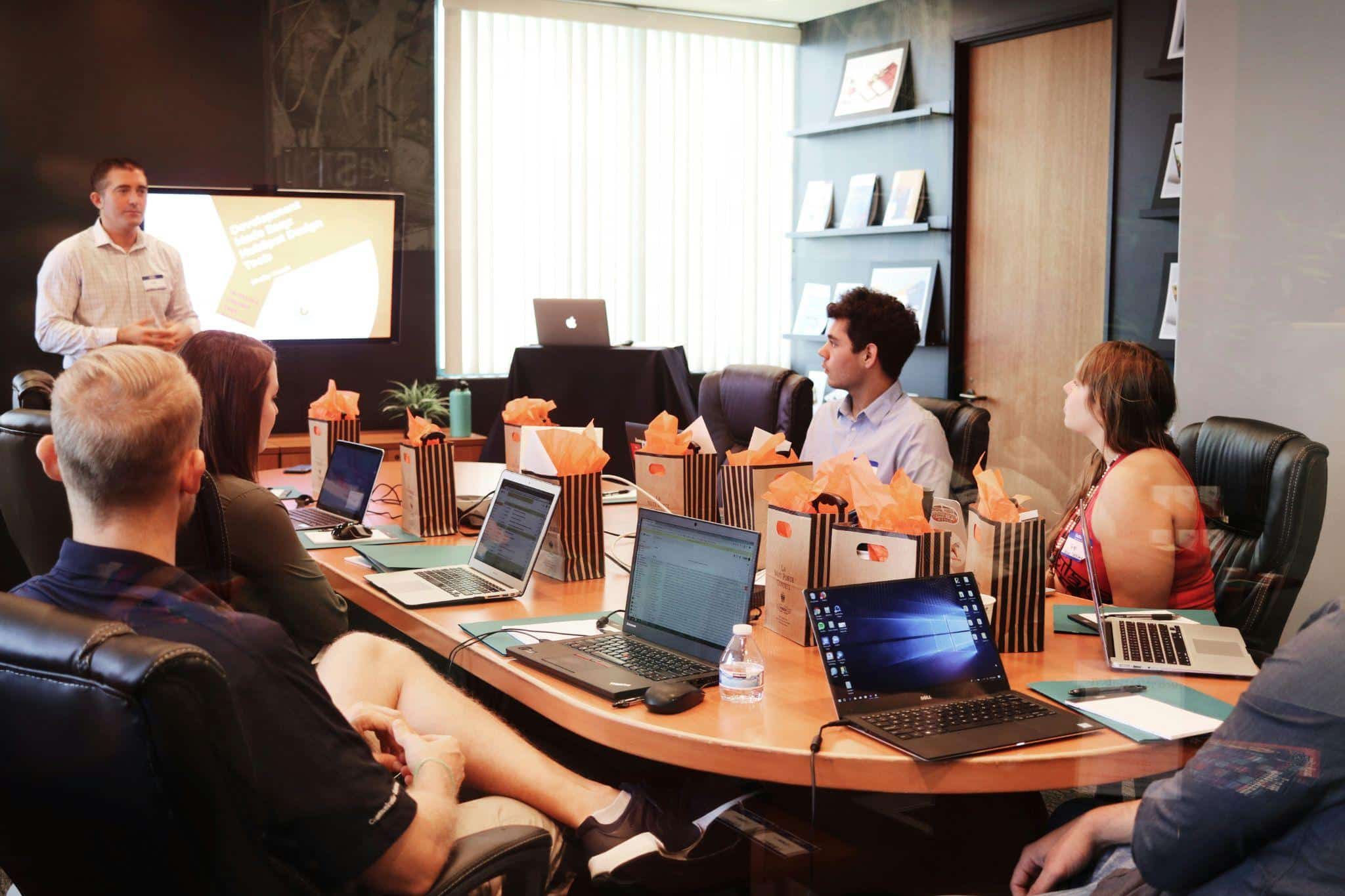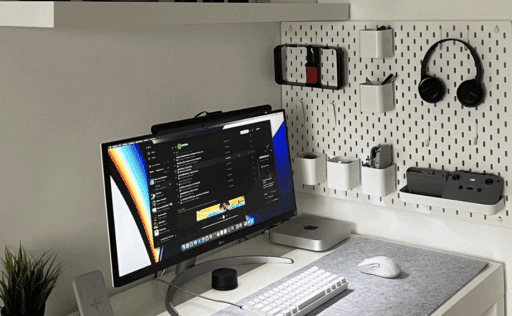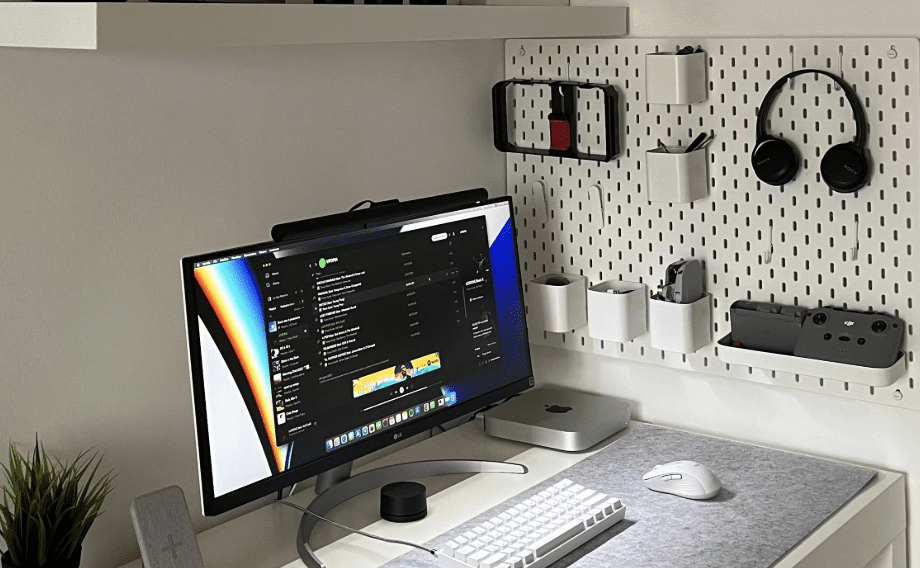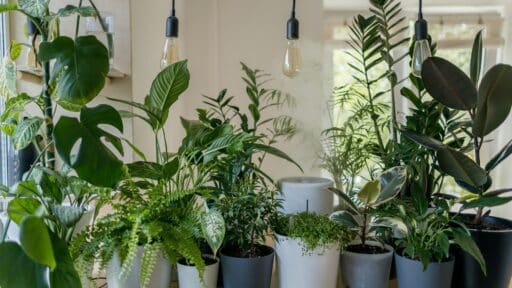In a world overflowing with gadgets and apps, embracing digital minimalism can feel like a breath of fresh air for makers. We often find ourselves overwhelmed by the sheer volume of tools at our disposal, leading to decision fatigue and creativity blocks. By streamlining our digital toolkit, we can reclaim focus and enhance our craft. Centralize admin resources in one bookmark hub with clear answers to practical questions such as are employers by law have to keep providing lost pay stubs to employees.
In this article, we’ll explore which digital tools are essential for our creative processes and which ones we can let go. By prioritizing quality over quantity, we can cultivate a more intentional workspace that fuels our passion for making. Keep only a few dependable accessories—magnetic chargers and slim iphone 14 pro magsafe cases for quick dock-and-go sessions—so tech supports flow instead of interrupting it.
Understanding Digital Minimalism for Makers
Digital minimalism emphasizes intentional use of technology, particularly for makers needing to streamline their creative processes. We’re inundated with countless apps, tools, and gadgets, leading to decision fatigue and creativity blocks. By reducing digital clutter, we can enhance focus and creativity. This approach enables us to engage with essential tools that truly support our craft.
Identifying must-have tools and eliminating redundant ones fosters a productive environment. Essential tools typically include:
- Design Software: Programs like Adobe Creative Cloud or Affinity Suite support graphic design and illustration.
- Project Management Tools: Applications such as Trello or Asana help us keep track of various projects and deadlines.
- Communication Platforms: Tools like Slack or Discord facilitate collaboration with peers.
Unnecessary tools can hinder our creative flow. For instance, an overabundance of design plugins can complicate workflows rather than enhance them. We should regularly assess our tool lineup, questioning whether each item contributes to our work or simply adds noise.
Cal Newport’s principles highlight the need for a focused approach in our digital lives.
By only keeping tools that align with our creative objectives, we cultivate a streamlined workspace. Understanding which tools to prioritize enables us to harness our digital environments effectively.
Commitment to digital minimalism empowers us to reclaim our time and energy, leading to more meaningful creations. It’s about choosing quality over quantity, ensuring we invest in technology that enriches our artistic journey rather than detracts from it.
The Importance of Selecting the Right Tools
Selecting the right tools is crucial for maximizing our creative potential. By focusing on essential digital resources, we streamline our processes and enhance productivity.
Identifying Essential Tools
Identifying essential tools requires us to assess our specific creative needs. We prioritize software and applications that directly contribute to our projects, such as design software, project management platforms, and communication tools. Our goal involves narrowing down to a few indispensable resources, like Adobe Creative Cloud for design, Trello for task organization, and Slack for team collaboration. We regularly review our toolkits to eliminate redundancies and keep only those that enhance our workflow.
Evaluating Tools for Functionality and Usability
Evaluating tools for functionality and usability helps ensure they meet our requirements without complicating our processes. We test each tool’s effectiveness by considering its features, ease of use, and integration with our existing systems. Usability factors include intuitive design, reliable performance, and efficient customer support. By measuring these aspects, we can confidently keep tools that support our creative efforts and discard those that introduce friction or wasted time. Regular evaluations enable us to maintain an effective toolkit that truly serves our craft.
Tools to Keep for Digital Making

Photo by Campaign Creators on Unsplash
Focusing on essential tools enhances our creative workflows. We prioritize software and hardware that align with our making processes.
Must-Have Software for Designers
Selecting must-have software impacts our design efficiency. Applications like Adobe Creative Cloud provide comprehensive tools for graphics and video editing. Figma enables real-time collaboration and easy prototyping for user interface and user experience projects. Sketch serves as a go-to for vector graphics and UX design with its straightforward functionality. Additionally, Canva offers a user-friendly platform for quick designs and social media graphics. Choosing these applications fosters productivity, ensuring we maintain focus without distractions from unnecessary features.
Essential Hardware for Creation
Choosing essential hardware significantly influences our creative output. A reliable laptop or desktop with robust processing power handles demanding software effectively. High-resolution monitors enhance our design accuracy, while tablet devices like the Wacom Intuos streamline drawing and illustration tasks. Quality headphones improve audio work, allowing us to focus on intricate sound details. Incorporating ergonomic accessories like standing desks and supportive chairs promotes comfort during long creative sessions. These hardware essentials support our workflow, ensuring an environment dedicated to quality production.
Tools to Cut from Your Arsenal
Creators often accumulate tools that don’t enhance our productivity. Identifying and removing these tools fosters a streamlined, more efficient workspace.
Recognizing Overused or Redundant Tools
We must evaluate our toolkit regularly to identify tools that serve little purpose. Tools that overlap in functionality often lead us to decision fatigue. For instance, using multiple project management apps like Trello and Asana creates confusion rather than clarity. We should ask ourselves if each tool directly contributes to our goals. Assessing the frequency of use helps; if we haven’t utilized a tool in the past month, it’s likely a candidate for removal. By inviting usage awareness, we simplify our processes and focus on tools that genuinely add value.
Strategies for Reducing Digital Clutter
To effectively reduce digital clutter, we can implement several straightforward strategies. First, we can establish a “1-in, 1-out” policy, ensuring every new tool requires discarding an old one. Second, conducting regular tool audits—perhaps quarterly—promotes continuous evaluation and informed decisions about what to keep. Additionally, categorizing tools based on their functions allows us to visualize redundancies easily. Lastly, utilizing uninstaller applications can help us remove programs we no longer use, preventing digital clutter from accumulating on our devices. These strategies lead to a clearer, more focused creative environment. For more insights on digital minimalism, check out Cal Newport’s Digital Minimalism.








